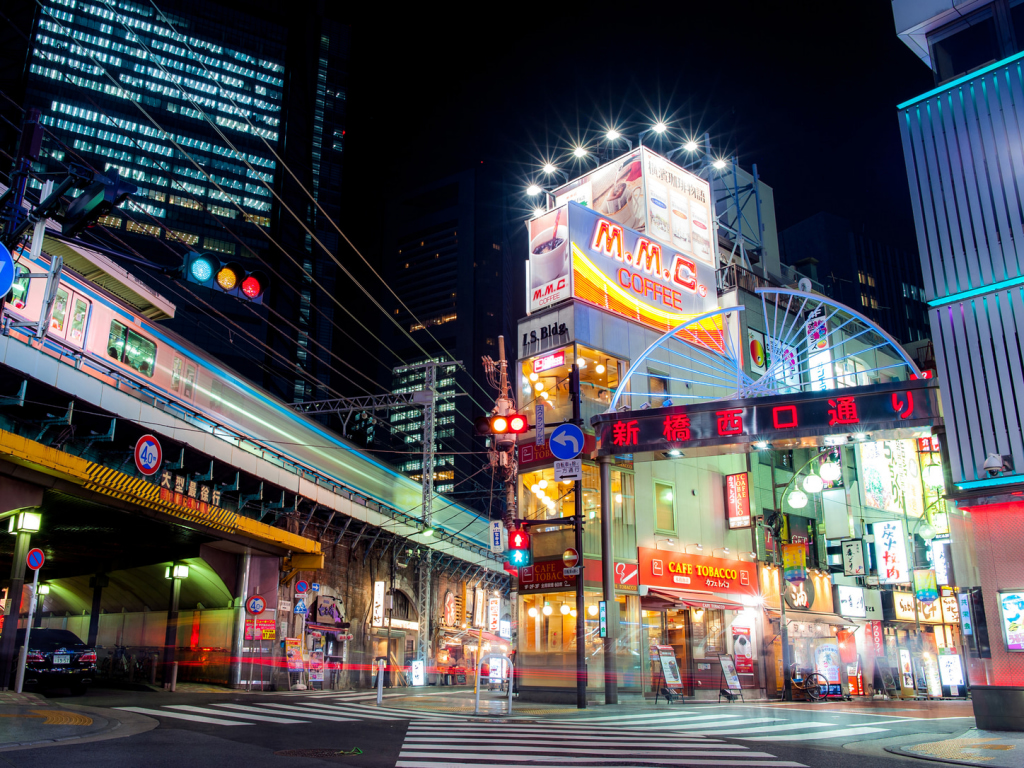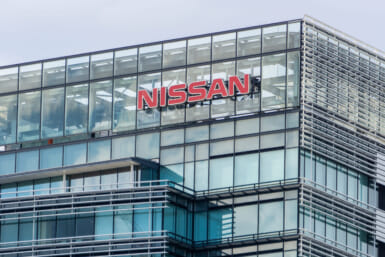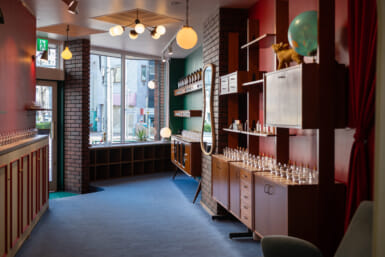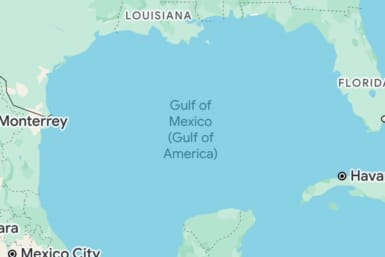While construction redevelopments are feverishly underway in preparation for the Tokyo 2020 Olympics, there are some enclaves in this metropolis that undergo change at a much slower pace. Shimbashi is one such borough, with one foot in the modern era and the other firmly planted in the late Showa period (1926-1989). From old-school architectural gems to quirky hole-in-the-wall bars and retro coffeeshops, travel back in time to a bubble-era Shimbashi waiting to be rediscovered.
Old-School Buildings
A once shining example of post-war optimism and futuristic thinking, Nakagin Capsule Tower now looms over a non-descript stretch of highway just a short walk away from JR Shimbashi Station. This crowning achievement in the Metabolism School of Architecture was meant to be the first of its kind. The core is laden with capsules, each one containing all the amenities a young salaryman would need. The capsules were meant to be replaced or relocated to similar towers around the city. Architect Kisho Kurokawa’s vision was never realized and now the tower stands as a monument to a bygone era. Another prime example of the metabolism movement, the Shizuoka Press and Broadcasting Tower designed by Kenzo Tange, stands ominously one block away from Shimbashi Station.
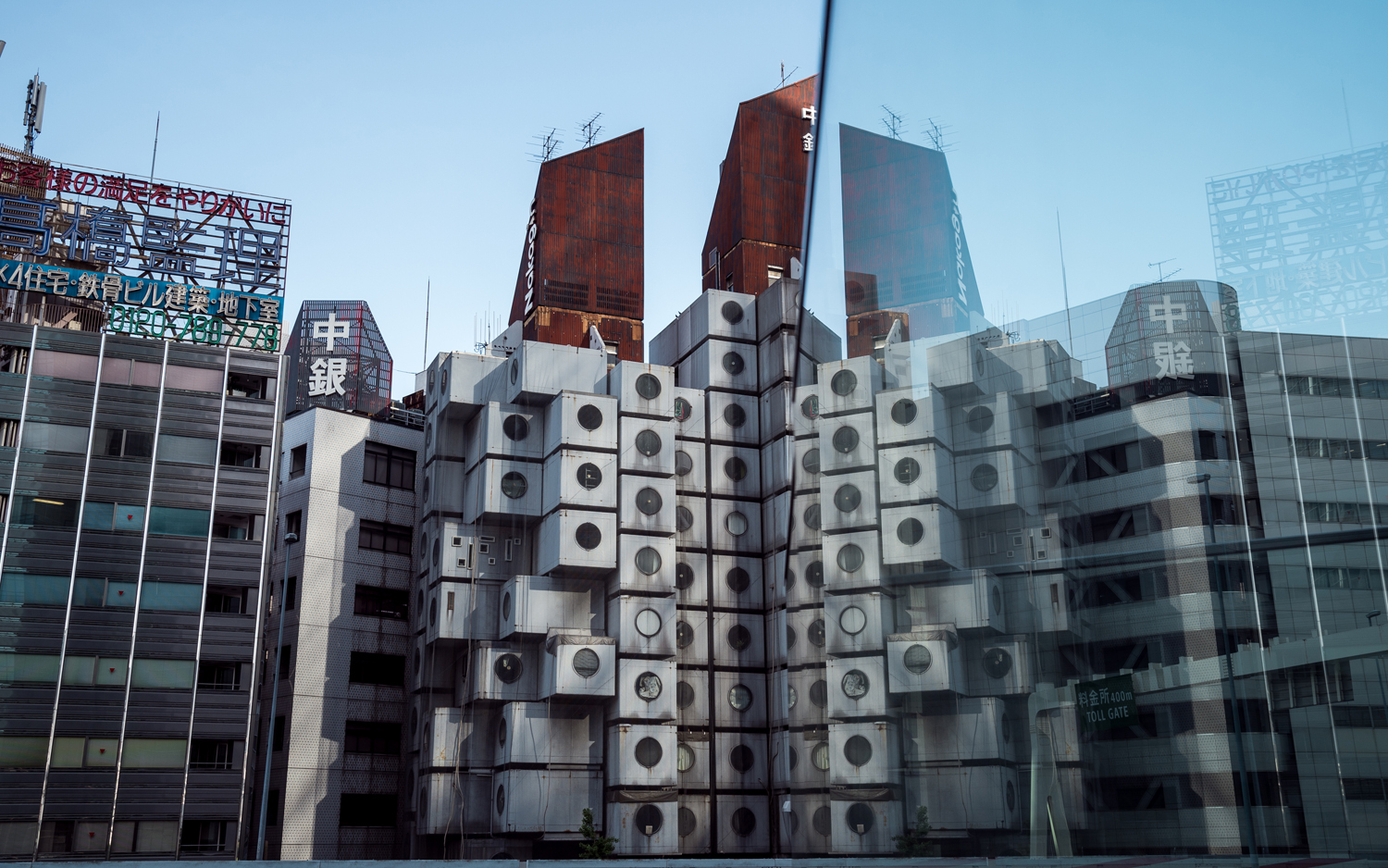
Nakagin Capsule Tower
Though these eminent standard-bearers of Showa Era architecture are not open to the public, one can spend an entire day inside the New Shimbashi Building. The building, which looks something like a honeycomb, is clad in a lattice-work of concrete portals of varying sizes, evoking a kitsch aesthetic of 1970s living rooms. This large complex houses bars, game arcades, fortune tellers, massage parlors, and shops peddling fishing tackle, golf clubs, business suits, leather shoes and tobacco — a veritable salaryman playground!
On the opposite side of the tracks lies the Shimbashi Ekimae Building, shrouded in inscrutable modernist aluminum cladding and filled with shops and restaurants, with more emphasis placed on izakaya and bars. There is even a boxing gym and a Mahjong parlor.
Amidst all this retro-modernity lies a bastion of spirituality – Karasumori Shrine. Itself an example of modern architecture, the brutalist concrete structure is squeezed into a narrow space between a row of izakaya and a small office building. Even the shrine’s torii gate takes on a modernist form with its sharp angles and austere concrete.
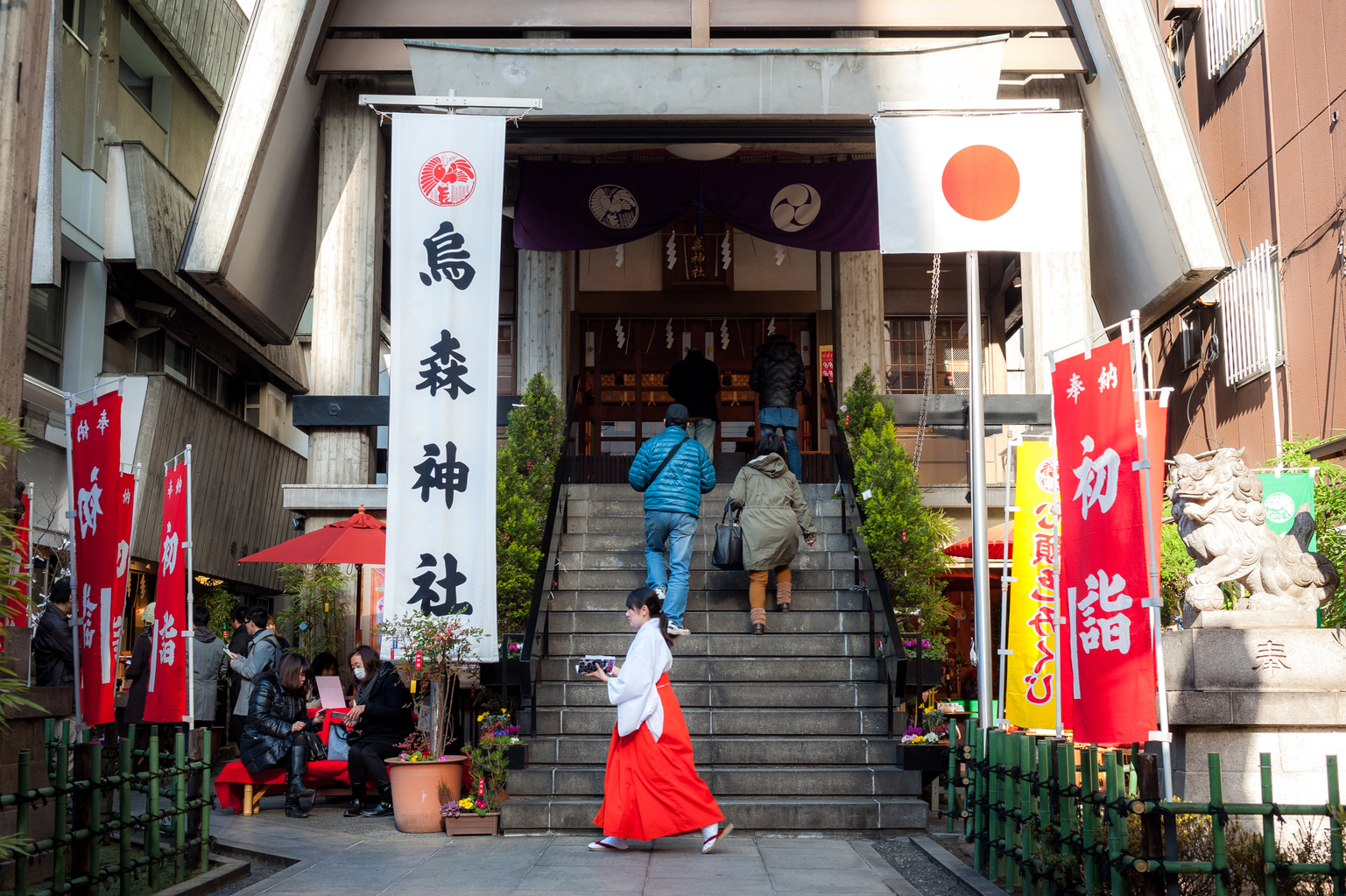
Karasumori Shrine
Throwback Cafés
Being a haven for the business crowd, the Shimbashi area has no shortage of coffee shops. A number of the local cafés roast their own beans, for example, Miyakoshiya Coffee, where no two cups are alike. A block or two further towards nearby Ginza Station is Cafe de l’ambre, helmed by the same proprietor since 1948. Tsubakiya Coffee Shop, nestled within the aforementioned New Shimbashi Building, is done up like a throwback theme park, complete with waitstaff wearing retro maid uniforms. For something more contemporary, there is Cafe Concent, also located in the New Shimbashi Building, featuring free-use power outlets and Wi-Fi. Staying in the same building, check out Tea Salon Powa for a chic atmosphere and an impressive menu of parfaits. A few blocks from Shimbashi Station is Tsuki no Hanare, a cozy nook with specialty lemon cakes in the shape of crescent moons.
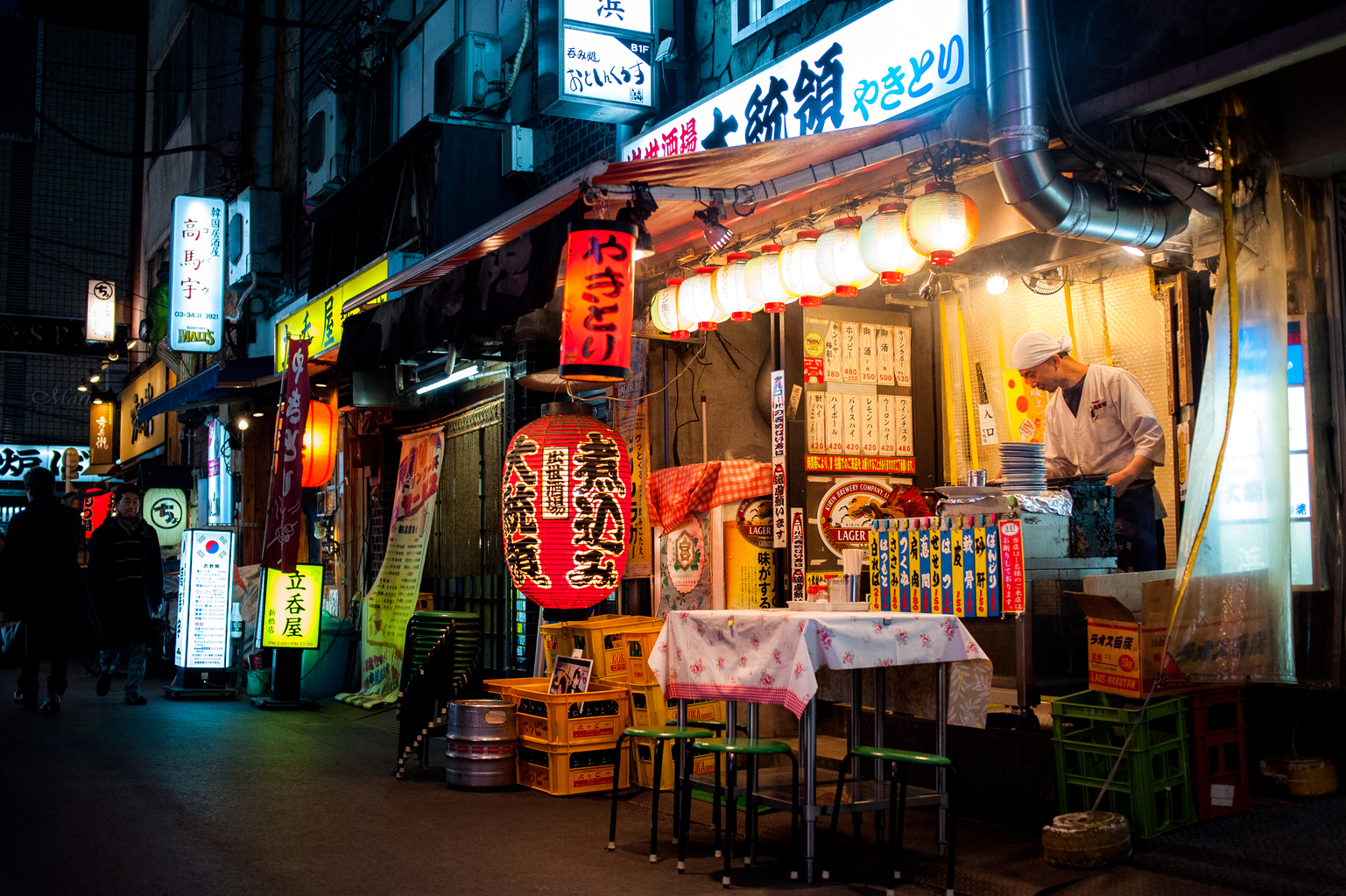
A yakitori stand in Shimbashi
Nightlife and Eateries
How does one unwind after day at the office? Start under the train tracks, or the Gado-shita as the locals call it. The many train lines of Shimbashi run over an old steel and brick viaduct, complete with gently sloping arches. Underneath these spacious arches are a variety of bars, grills, and eateries that have not budged in decades, and for good reason. Chikuzenya serves yakitori, edamame, and other mainstays of the izakaya circuit. For a more western pub feel, Shimbashi DRY-DOCK offers both fish and chips and omurice with your beer.
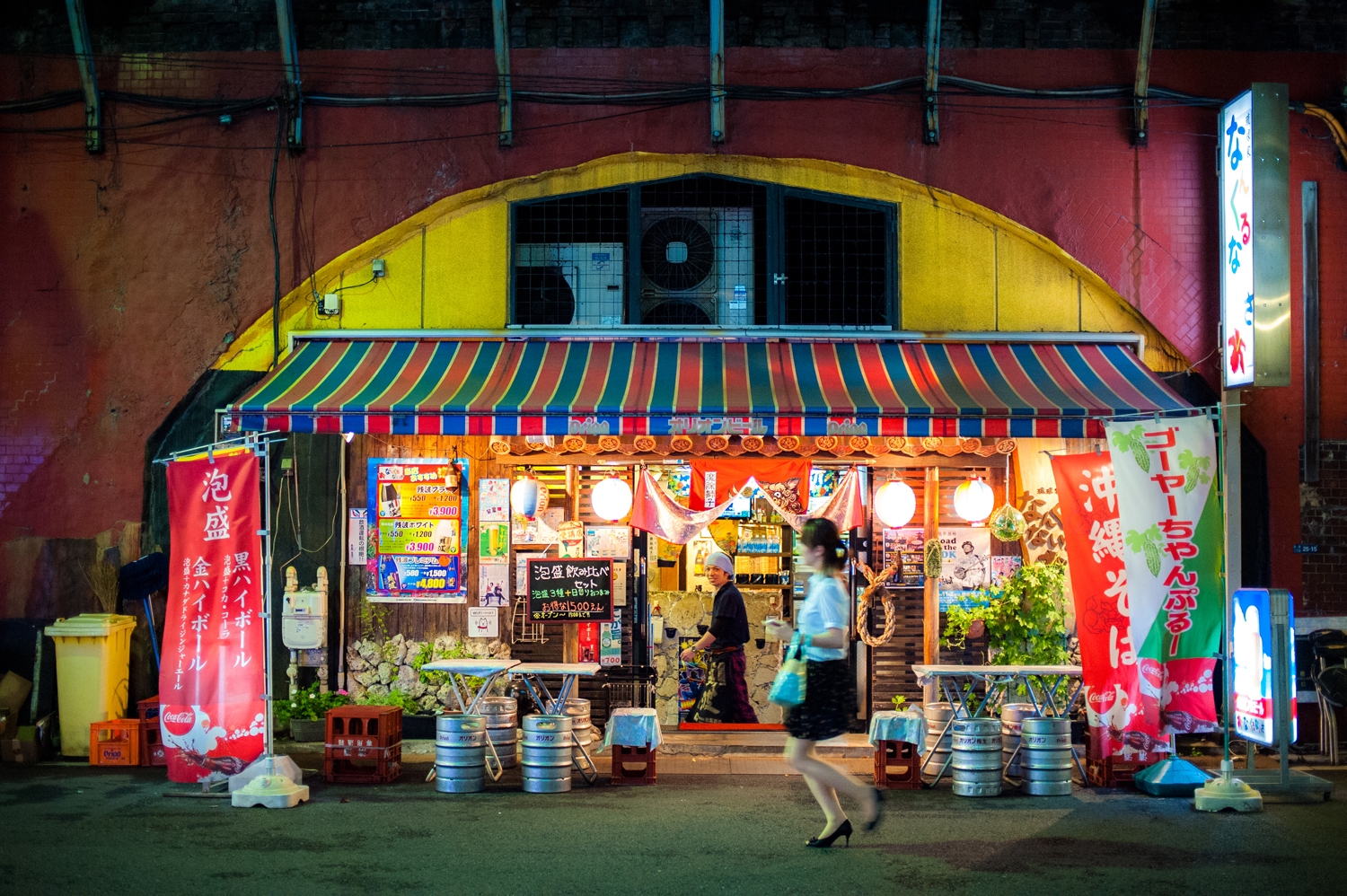
“Gado-shita” – under the rail tracks
Venturing away from the subterranean dives, one can grab a healthier bite at Mouyan Curry, a Japanese curry chain whose recipes eschew flour in favor of veggies. For quick and tasty sushi, try Ichiban Kaitenzushi. Low price plates along with quality fish suit the kitsch decor, complete with an armada of maneki-neko. For good sake with your fresh seafood, try Nipopo, a hole in the wall with owners who hail from Hokkaido. The space is decorated with Ainu carvings and the menu is all in kanji, so be ready to flex your Japanese skills. Finally, there is Toribaka Ichidai, an izakaya specializing in chicken dishes such as yakitori and Japanese-style samgye-tang, a mouthwatering take on traditional Korean chicken soup.
To cap off the night, hit up the deceptively austere izakaya Kagaya for authentic Japanese comedic entertainment. Your host will perform hilarious acts in a variety of styles based on your choice from the menu (written with a crayon in humorously poor English). For something more refined, check out Robata, an izakaya that puts on old-style Japanese vaudeville acts (“rakugo” and “manzai”) every Tuesday and Wednesday at 7:30pm. It’s all in Japanese, but what better way to immerse yourself in local culture?
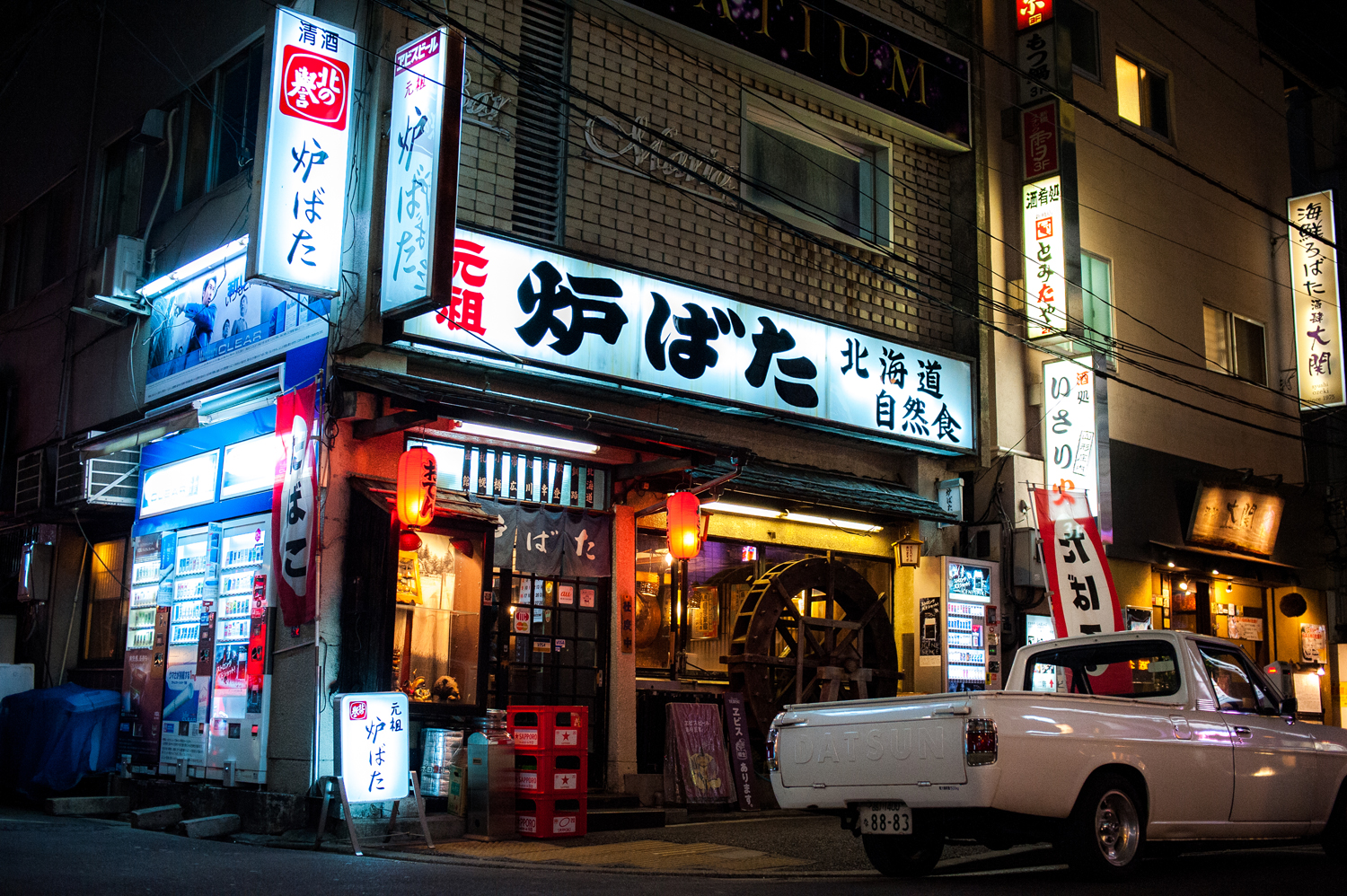
Robata
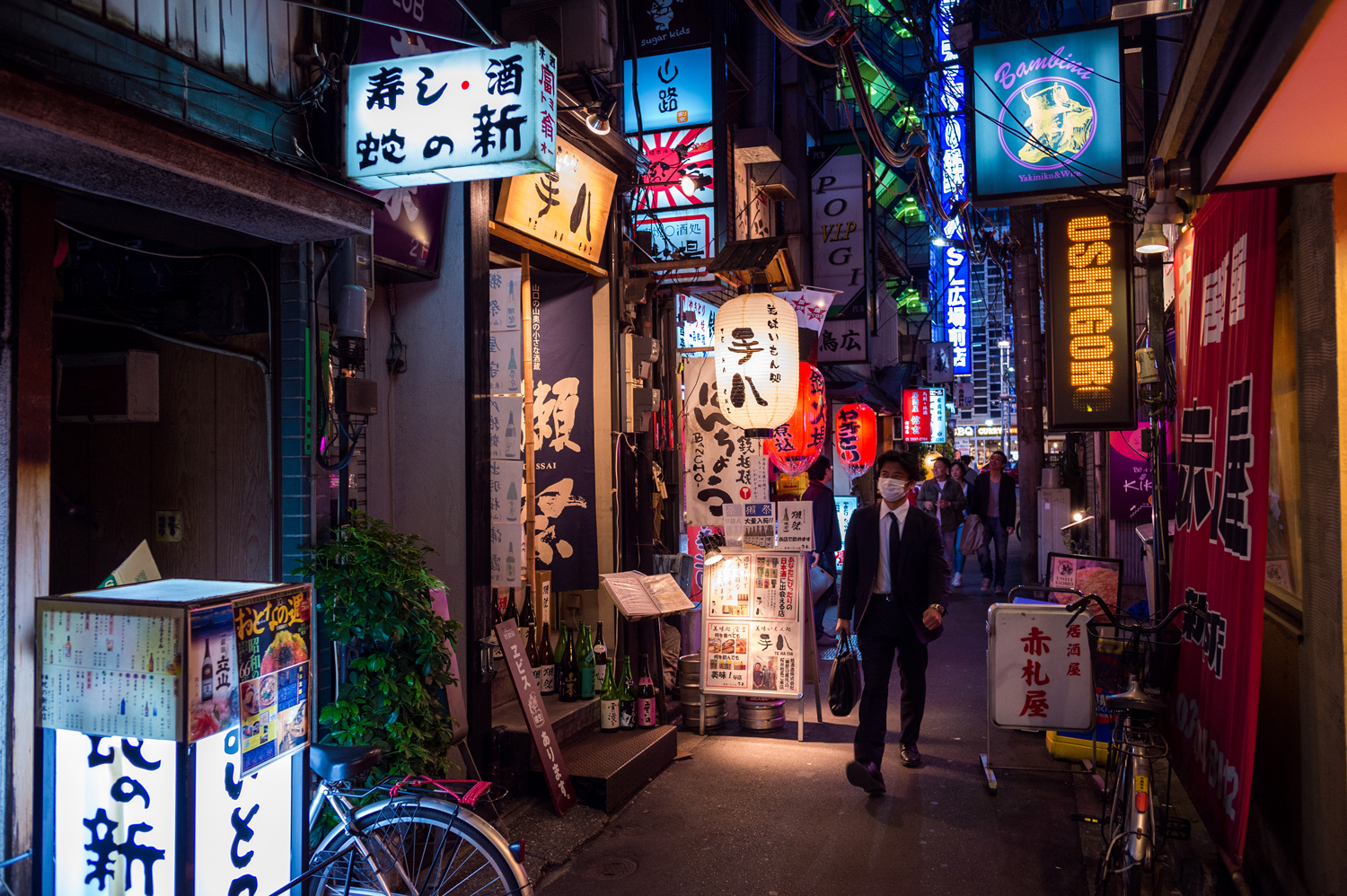
The backstreets of Shimbashi
Lukasz Palka is the co-founder of EYExplore, www.eyexplore.com

